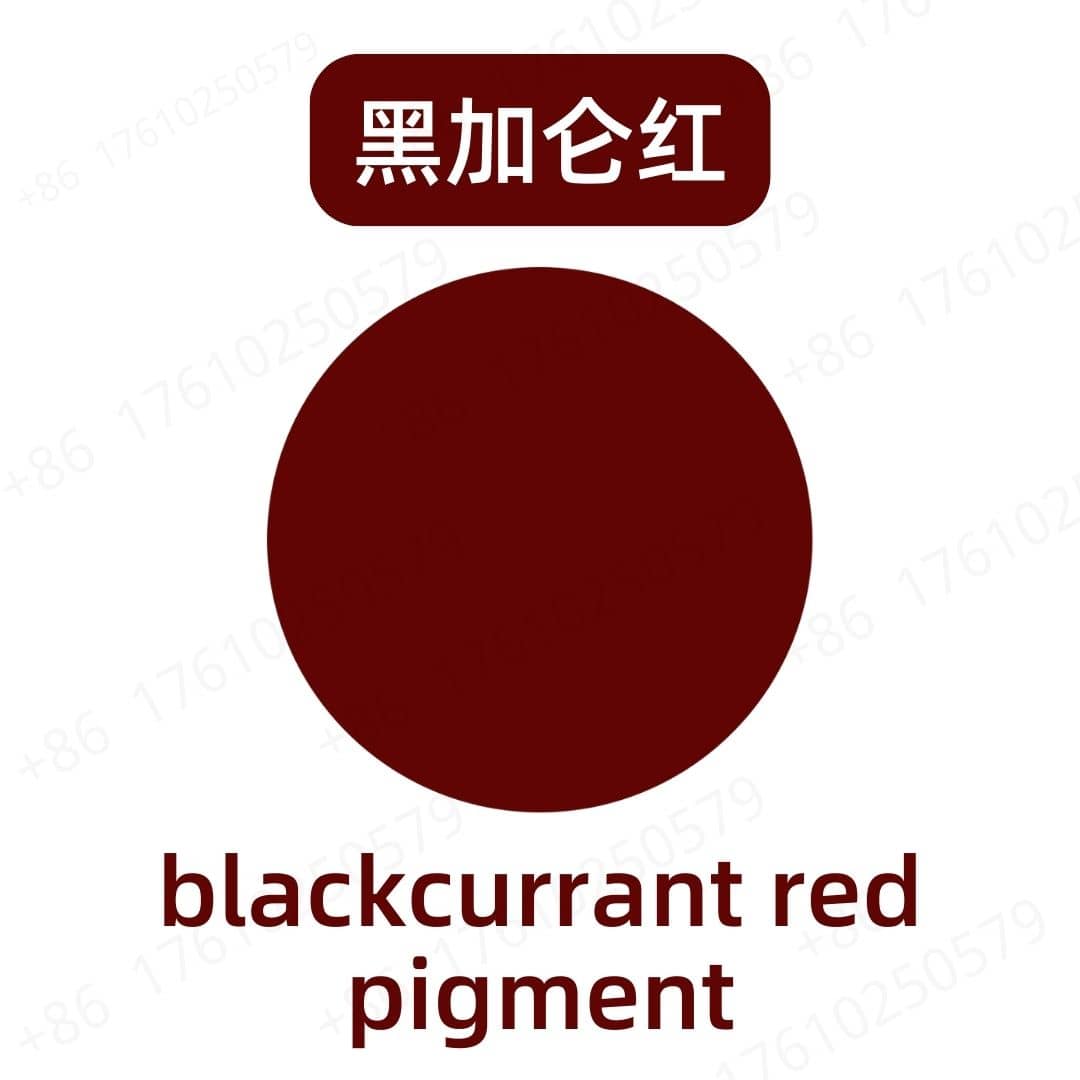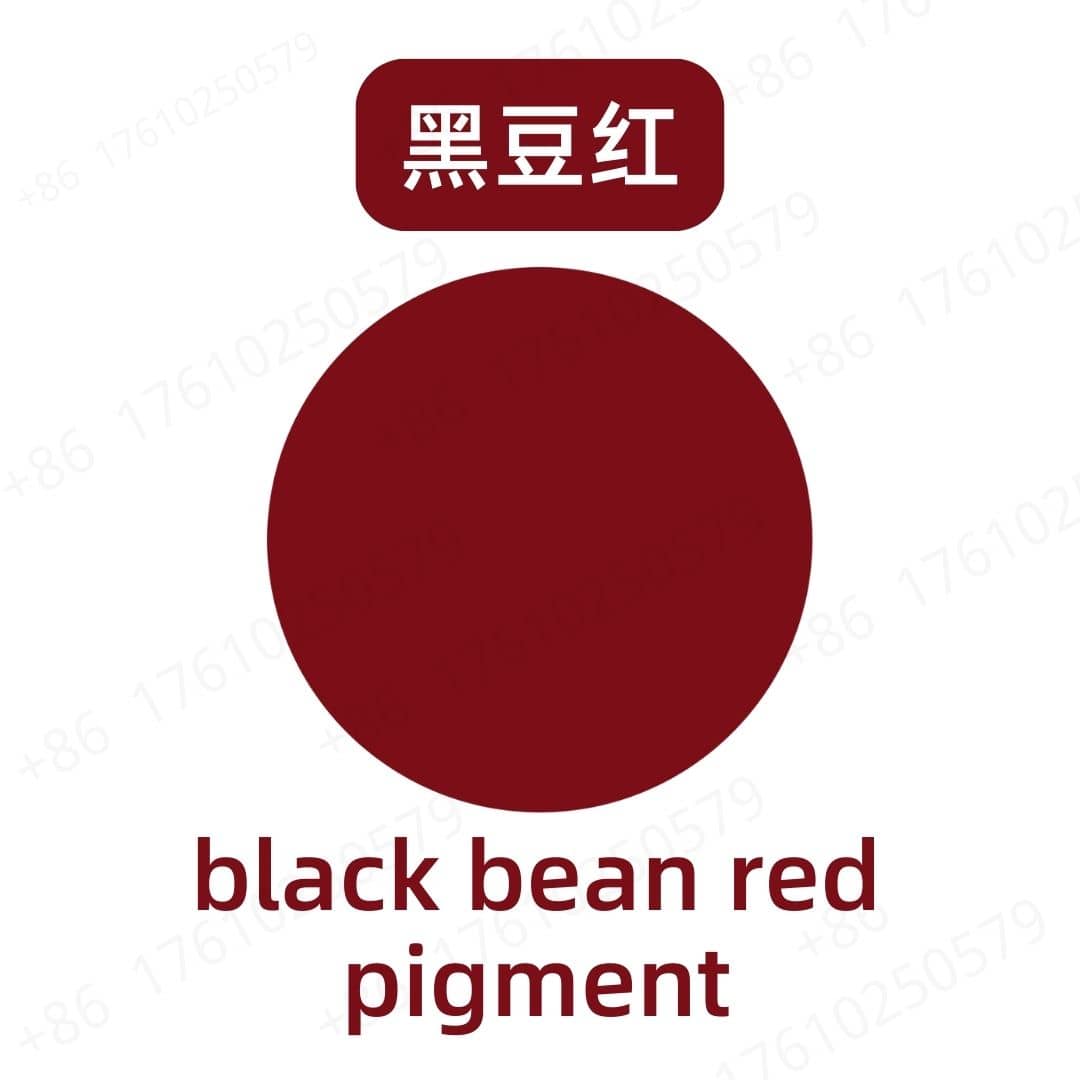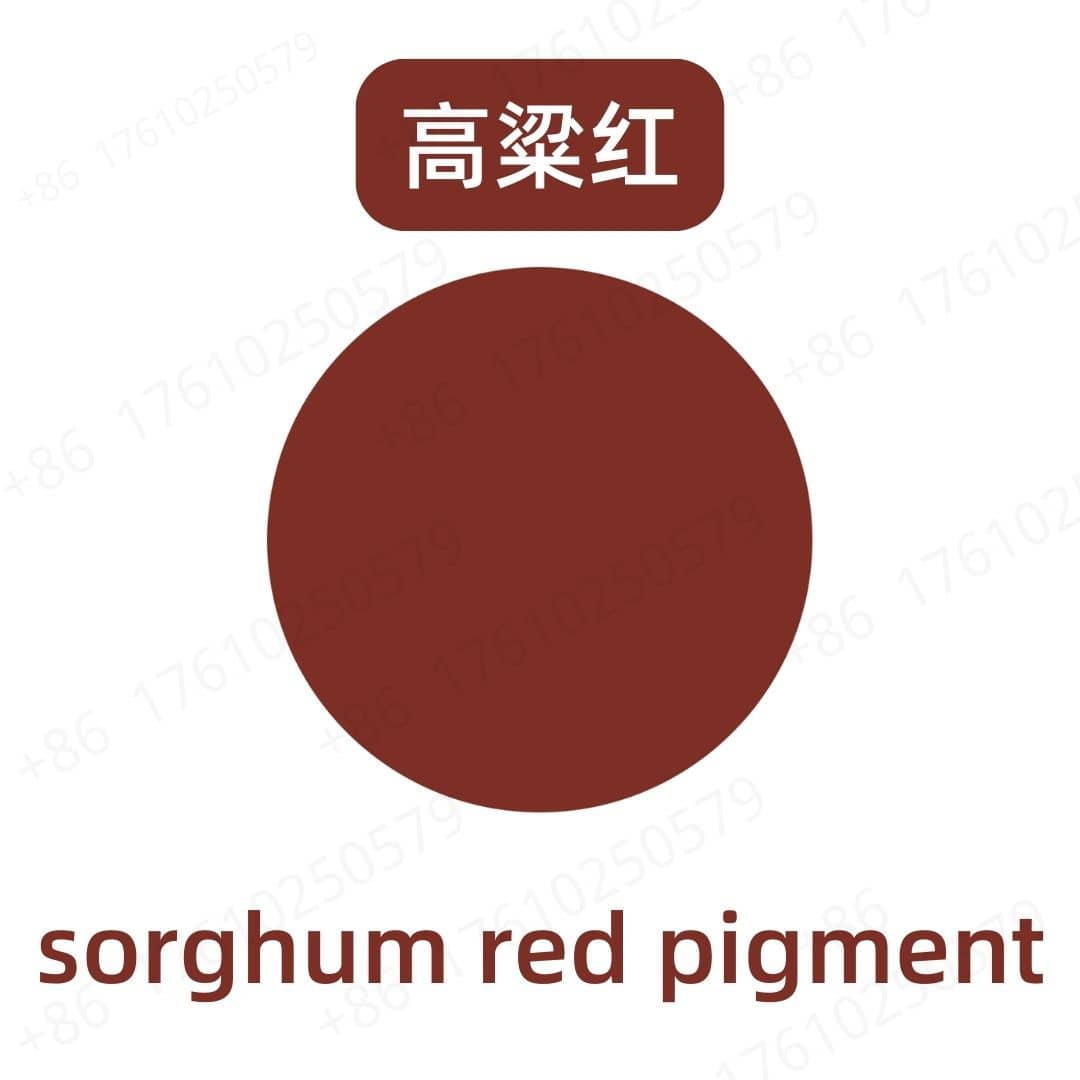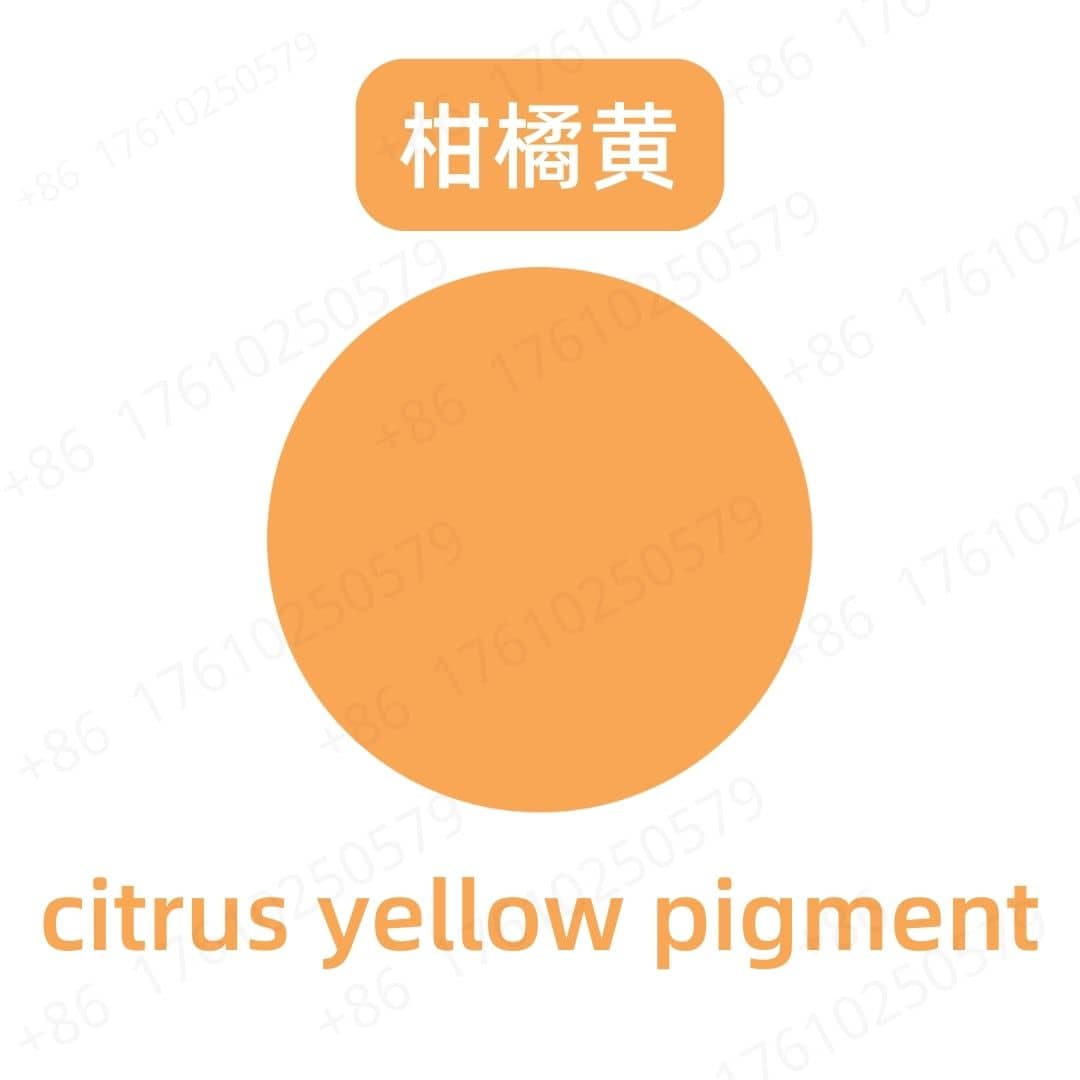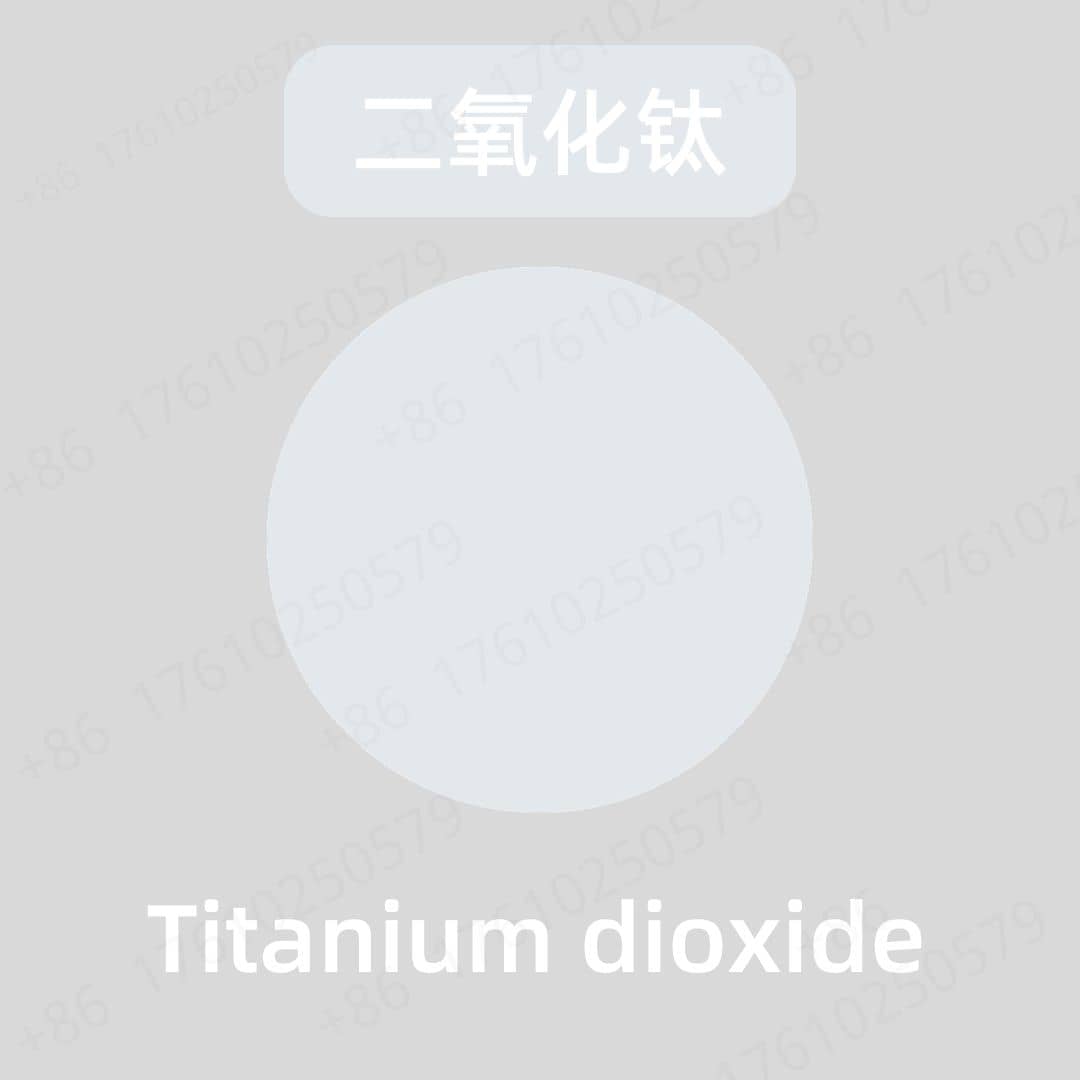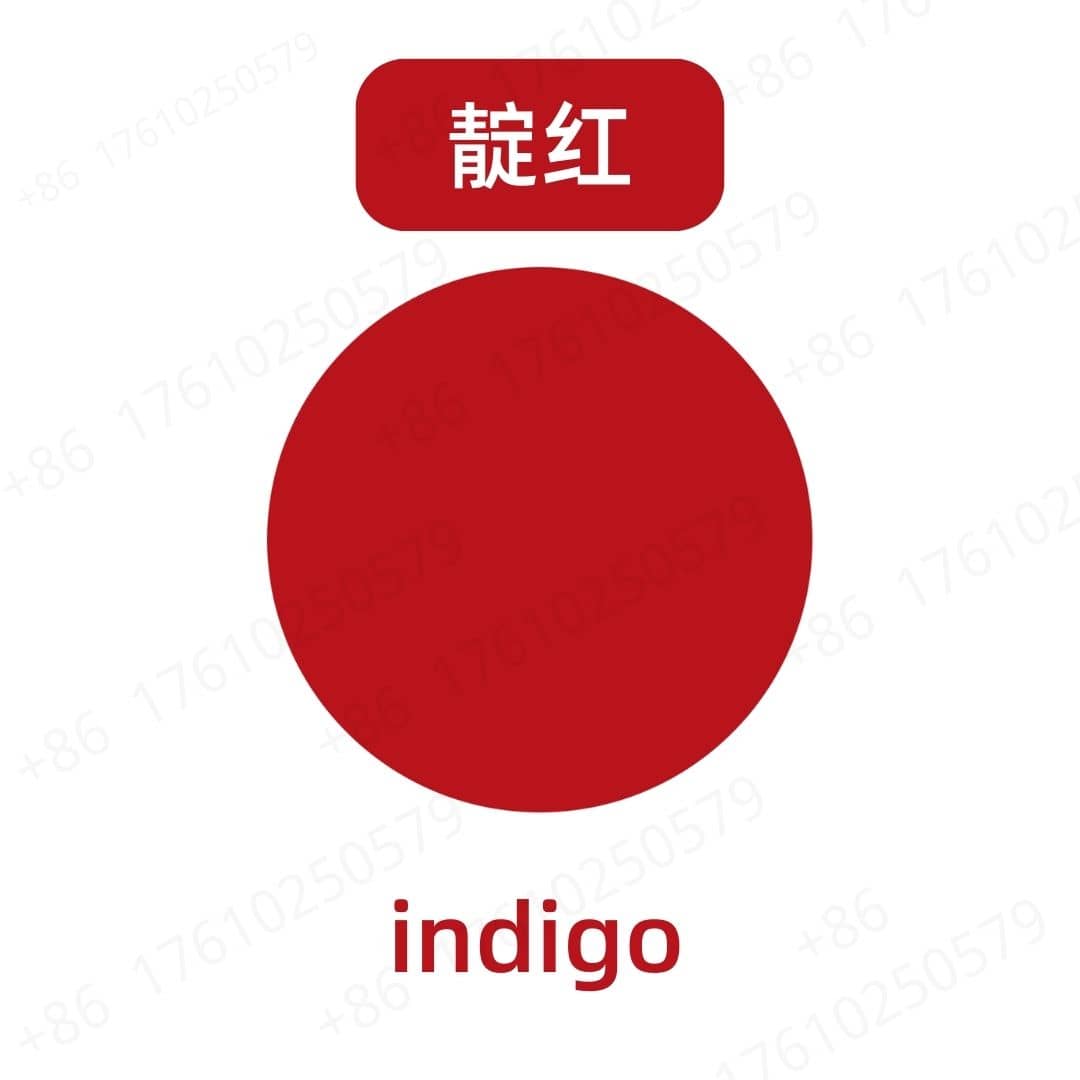Product Introduction
Indigo is an organic compound with a distinctive blue color, and it is one of the oldest natural dyes known to humanity. Chemically, it is a bis-indole, which means its structure is composed of two indole units linked together. For centuries, it was extracted from the leaves of plants, most notably those in the Indigofera genus. A key characteristic of indigo pigment is its insolubility in water, which dictates its application method as a vat dye. This insolubility also contributes to its excellent colorfastness once applied to fibers. While traditionally a natural product, the vast majority of indigo produced today is synthetic, ensuring consistent quality and availability for large-scale industrial use.
Production Process
Modern production of indigo pigment primarily relies on chemical synthesis, though microbial fermentation is an emerging sustainable alternative. The most common synthetic route starts with aniline as the base chemical. Through a series of chemical reactions, aniline is converted into phenylglycine, which is then fused with an alkali mixture at high temperatures to produce a compound called indoxyl. The final step is oxidation, where air is bubbled through the indoxyl solution, causing two indoxyl molecules to join and form the insoluble blue indigo pigment. The resulting pigment is then filtered, washed, and dried into a powder.
Microbial fermentation presents a greener production method. In this process, genetically engineered microorganisms, such as E. coli, are cultivated in a bioreactor containing a nutrient-rich medium with specific precursors like glucose. The microbes are engineered to produce indoxyl from these starting materials. Similar to the chemical process, the fermentation broth is then aerated, which oxidizes the indoxyl into indigo. The solid indigo pigment precipitates out of the solution and is then collected, purified, and processed into its final powder form.
Application Scenarios
The most significant application of indigo pigment is in the textile industry, where it is used to dye cotton fibers, particularly for the production of denim cloth for blue jeans. Indigo is a vat dye, so the dyeing process is unique. The insoluble blue indigo powder is first chemically reduced in an alkaline solution, or vat, converting it into a soluble, yellowish-green form known as leuco-indigo. Cotton yarn is dipped into this vat, and after it is removed and exposed to oxygen in the air, the leuco-indigo oxidizes back into the insoluble blue indigo, trapping the color firmly within the fabric fibers. This method results in the characteristic surface dyeing that allows blue jeans to fade in a distinctive way over time.
Indigo is also a precursor for a food-grade colorant. Through a process called sulfonation, the insoluble indigo pigment is converted into a water-soluble blue dye known as Indigo Carmine, or FD&C Blue No. 2. This derivative is approved in many regions as a food additive, with the E number E132 in Europe. Indigo Carmine is used to provide a blue or purple color to a variety of products, including confections, ice cream, baked goods, and beverages.
Packaging and Storage
【Storage Conditions】Store in a sealed, light-proof container, away from high temperatures, in a dry, cool, and well-ventilated place.
【Packaging】Bulk: 25kg/fiber drum; Sample: 1kg/aluminum foil bag; Custom packaging available upon request.
【Shipping Methods】FedEx, DHL, dedicated logistics, and sea freight consolidation.
【Shelf Life】Two years
Monica Sun possesses extensive technical expertise and market insights in the food additives industry. She excels in designing efficient and safe additive formulations tailored to various food applications, ranging from sweeteners to functional dietary fibers. Monica has successfully assisted food manufacturers in optimizing ingredient combinations to enhance product quality and improve consumer satisfaction.









